Predicting 2024-25 MLB Offseason Decisions That Could Crash and Burn
Predicting 2024-25 MLB Offseason Decisions That Could Crash and Burn
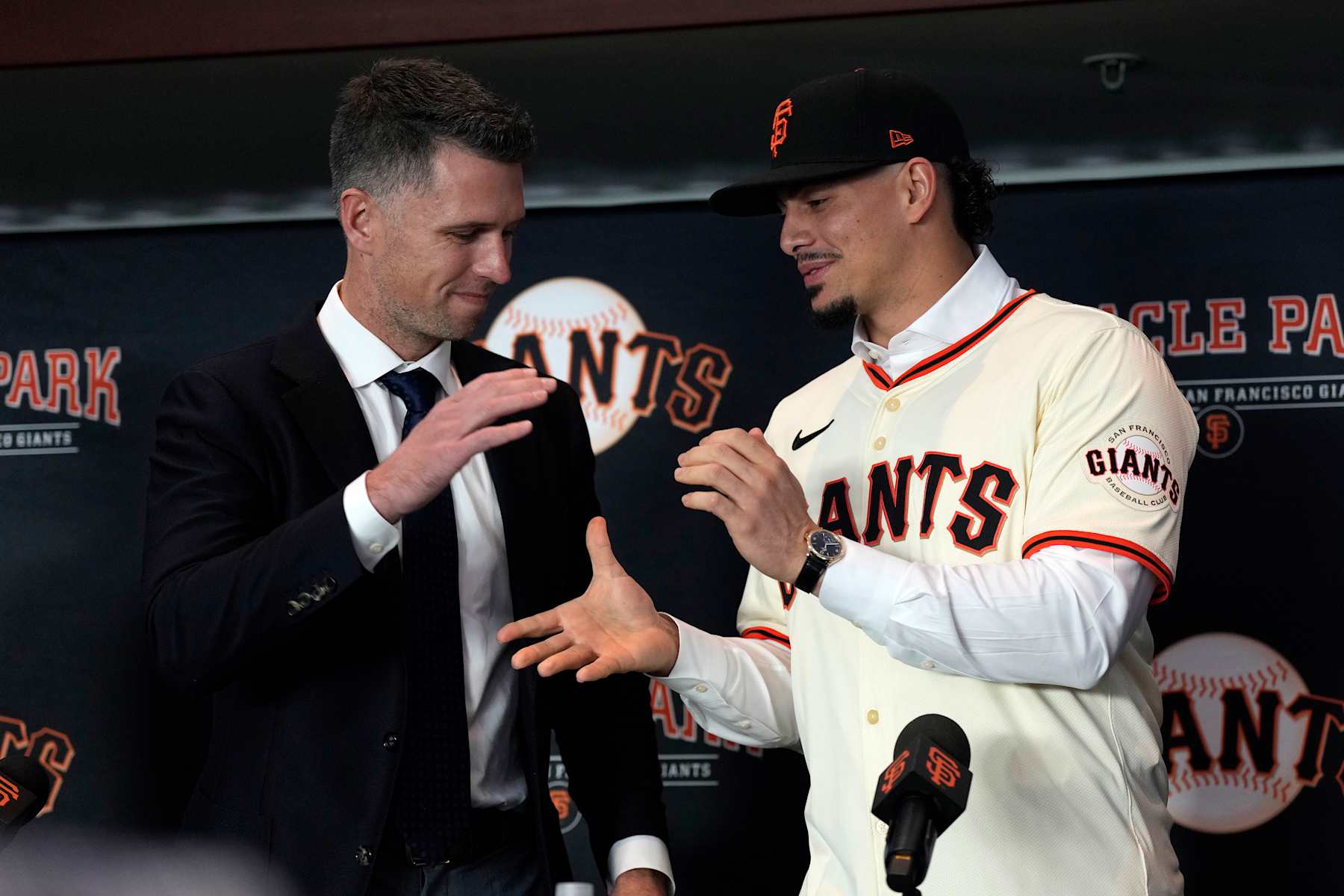
While the right offseason move can put a Major League Baseball team on the fast track to October, the wrong one can leave a team up a creek without a paddle for years.
And though we're not declaring that these decisions are destined to crash and burn, it's not exactly hard to see how they could lead to some serious derailing.
Both moves and non-moves—or decisions and indecisions—are welcome in this conversation, as choosing not to make one investment can be every bit as detrimental as making the wrong investment.
The six spots identified each came courtesy of teams in different divisions. Thus, they are presented in our typical AL-to-NL, East-to-West order when taking any division-by-division approach.
AL East: Toronto Trading for Andrés Giménez

Over the past three seasons in Cleveland, Andrés Giménez was worth 16.7 bWAR.
That's better than Julio Rodríguez (15.9), on par with Marcus Semien (17.0) and Yordan Alvarez (16.8) and not all that far behind Freddie Freeman (17.4), José Ramírez (17.9), Francisco Lindor (18.5) and Juan Soto (18.9).
Here's the thing, though.
Most of that value came from his elite glovework at second base, as Giménez had a sub-100 OPS+ in each of 2023 and 2024. In fact, last season, his OPS+ was darn near dead last among qualified hitters, only finishing ahead of Maikel Garcia, Orlando Arcia, Bryan De La Cruz and Christopher Morel in that department. And what Toronto needs way more than a glove at second base is a bat that can actually provide some lineup support.
Moreover, what Toronto gave up to get Giménez was an outfielder drafted in the fourth round last summer and a rookie first/second baseman (Spencer Horwitz) who hit 12 home runs and posted a 125 OPS+ in 97 games played this past season.
A rookie—more notably in this trade—who they wouldn't need to pay any substantial amount of money any time soon.
Horwitz is pre-arbitration (AKA destined for around an $800k salary) in 2025 and 2026. Even if he continues to post a solid OPS+ for the next two years, his first year of arbitration eligibility should cost no more than $3M. They could have kept him for the next half-decade for a total of $20M, at most.
Then there's Giménez, making $10M this year, $15M next year and $23M each year from 2027-29.
That's $94M over the next five seasons for a middle infielder who batted either seventh or eighth in the final seven games of Cleveland's 2024 playoff run, and $94M that the Blue Jays now do not have available to throw at Vladimir Guerrero Jr. when he hits free agency next offseason.
They subsequently signed Jeff Hoffman to a three-year, $33M deal and Anthony Santander to a five-year, $92.5M deal, now sitting at north of $140M in 2026 just for Santander, Giménez, Hoffman, Kevin Gausman, José Berríos, George Springer, Yariel Rodríguez and the estimated final year of arbitration salaries for Daulton Varsho and Alejandro Kirk.
Even if Giménez, Santander and Hoffman help them put up a fight this season, if they don't win the 2025 World Series and subsequently decide they can't afford to re-sign Guerrero, there's going to be a whole lot of frustration for fans north of the border.
AL Central: Cleveland Paying Paul Sewald More Than Emmanuel Clase
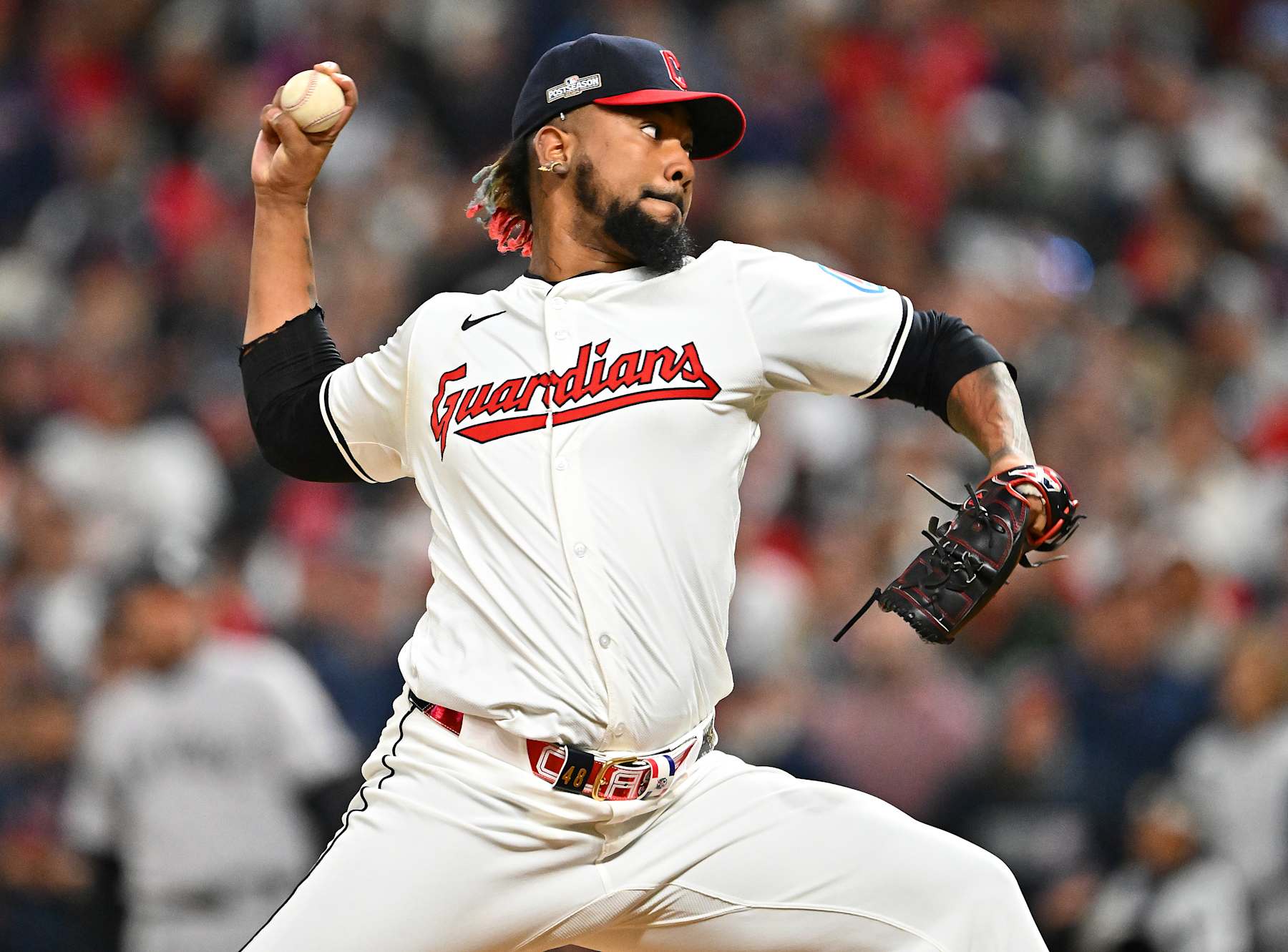
There were bigger moves (Chicago trading away Garrett Crochet, Kansas City trading Brady Singer for Jonathan India, etc.) and non-moves (Chicago not yet trading away Luis Robert Jr., Detroit continuing to negotiate with Alex Bregman, etc.) in the AL Central that could have lasting negative consequences.
But nobody made an "Ehh, who needs team chemistry anyway?" move quite like the Guardians' recent acquisition of Paul Sewald.
Emmanuel Clase isn't going anywhere. Arguably the best closer in baseball has two seasons left on the five-year, $20M extension that he signed in April 2022, plus $10M club options for each of 2027 and 2028 that Cleveland will almost certainly be exercising.
He's only making $4.5M this season and $6M in 2026, though. Yet the Guardians just signed another reliever for $6M in 2025 and a $10M mutual option for 2026.
A reliever who completely imploded last season, we might add. Sewald blew four saves in July alone, losing his job as closer, posting a 7.04 ERA over his final 24 appearances and spending the final few weeks of the season on the IL with a neck injury.
There's a reason this veteran with 84 career saves was available for one-third the price of Tanner Scott's new salary in Los Angeles.
Even if Sewald's salary doesn't irritate Clase, the Guardians are unnecessarily toying with a delicate ecosystem in which Cade Smith, Hunter Gaddis and Tim Herrin were all incredibly valuable last season, each logging at least 65 IP with an ERA below 2.00—as pre-arbitration players likely head for $800k salaries in 2025.
So, either they're handing Sewald a high-leverage role that one of those underpaid relievers earned via jobs well done in 2024, or they're paying Sewald $7M (factoring in the $1M buyout of his mutual option) to serve in a mop-up role while investing a combined total of $6.3M in the four guys they actually trust.
Beyond that, the aforementioned Andrés Giménez to Toronto trade was a blatant salary dump by the Guardians, after which they spent $12M for one year of Carlos Santana and now this $7M (or $16M if they keep him next year) for Sewald.
They could have just kept the Platinum Glover for about half of what they spent on a 34-year-old reliever who had a brutal second half and a first baseman who turns 39 shortly after Opening Day.
Could be the recipe for plummeting from a 92-win World Series contender to a fourth-place finisher in the AL Central.
AL West: Houston's Overall Approach to the Offseason
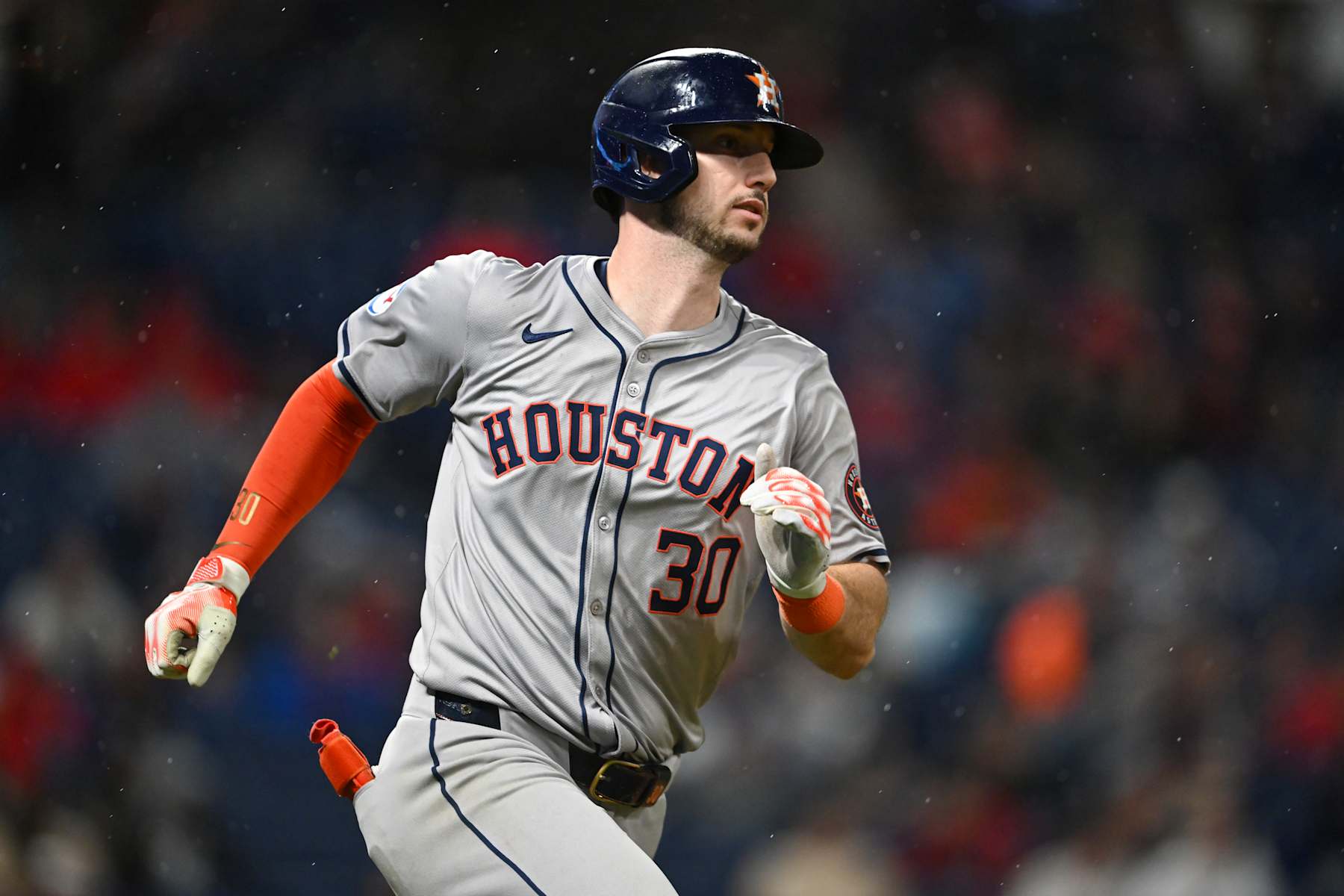
Let's first acknowledge that Houston entered the offseason stuck between a rock and a hard place.
The three-year investment in José Abreu was a colossal disaster, and they still owe him $19.5M.
The Astros also owe Lance McCullers Jr. $17.7M in 2025, even though he hasn't pitched in 2.5 years. Cristian Javier is due $10.4M for what will be a season mostly lost to Tommy John recovery. And they owe Zack Greinke $12.5M in deferred money, which doesn't count against their tax payroll but is still a considerable chunk of change.
That's slightly over $60M for four guys who might not or definitely will not play for them this season—a sunk cost virtually identical to the Washington Nationals' rebuilding process in 2025, with payments due to Stephen Strasburg, Max Scherzer, and Patrick Corbin.
The Astros aren't rebuilding, though. They're trying to reload for what would be an eighth consecutive 162-game season winning the AL West, and have had to get creative to do so in light of that financial constraint—not to mention the more than $50M they're spending just on Jose Altuve and Josh Hader.
Thus, they took a page from San Diego's Juan Soto playbook and traded away Kyle Tucker's final season before free agency for a platter of Isaac Paredes, Hayden Wesneski and prospect Cam Smith. They wanted Paredes and Smith to offset the inevitability that they won't be re-signing Alex Bregman to a long-term deal. (Though, he is still available.)
But then they gave Christian Walker a three-year, $60M deal, making the 34-year-old first baseman their second-highest salaried player for the upcoming season after acting like they had no choice but to unload Tucker and move on from Bregman.
Combine that with the money owed to Abreu and Houston is spending $39.5M on first basemen this season. At the same time, the rotating cast of Jake Meyers, Chas McCormick, Mauricio Dubón, Jacob Melton, Taylor Trammell and Shay Whitcomb should give Kansas City a run for its money as the worst outfield among teams with even the slightest hope of playing in October this year.
Maybe Paredes bounces back from what was a brutal two months in Chicago; Walker has a fourth consecutive "Gold Glove and an OPS north of .800" campaign, two of those outfielders step up in a big way, and it all works out for the Astros. But there's little question this team looks less formidable than it did four months ago.
NL East: Atlanta Doing Nothing About Its Pitching Staff (Thus Far)
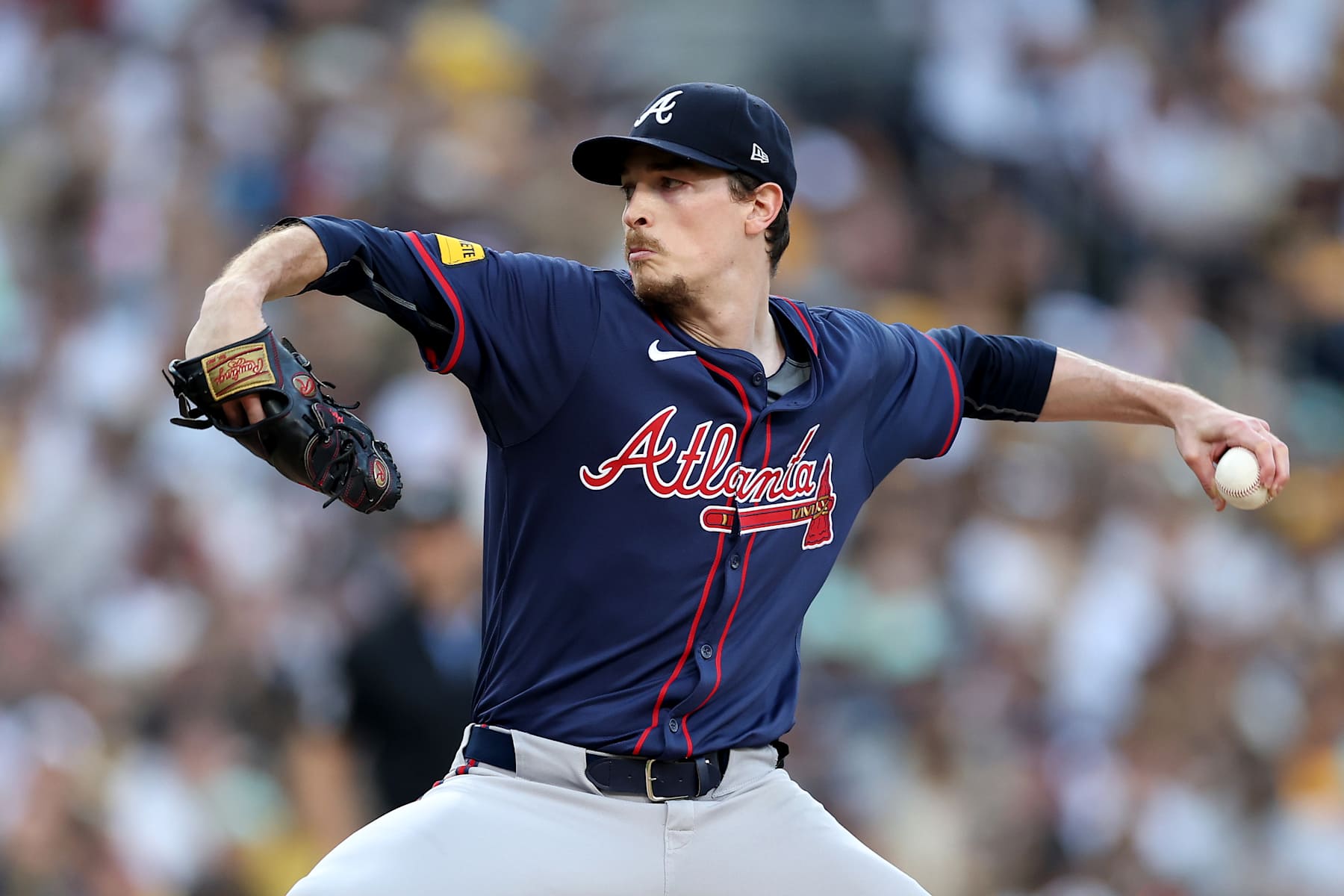
On the one hand, Atlanta is in great shape, arguably the best team aside from the Dodgers heading into next season.
Despite the New York Mets landing Juan Soto amid their nearly $1 billion offseason spending spree while the Phillies traded for Jesús Luzardo and signed Jordan Romano and Max Kepler in free agency, the Braves remain the betting favorite to win the NL East, per DraftKings. And their odds to win the 2025 World Series have merely dipped from +750 (third-best) as of Oct. 31 to +800 (second-best) today.
And they finally did something noteworthy this offseason, signing Jurickson Profar on Thursday.
But can we talk about the state of this pitching staff?
Atlanta lost both Max Fried and Charlie Morton to the AL East, going to the Yankees and Orioles, respectively. Those two made a combined 59 starts this past season, ranking second and third on the team in innings pitched.
Meanwhile, A.J. Minter signed with the Mets and Jesse Chavez remains a free agent. There's another nearly 100 innings of quality work out of the picture.
And what has Atlanta added to combat that attrition?
Unless Profar learned how to pitch this winter, virtually nothing. Their biggest acquisition for the mound was a trade for Davis Daniel, who has a 5.03 ERA in 42.2 career innings pitched.
They do, of course, expect Spencer Strider back at some point. However, neither he nor Ronald Acuña Jr. is expected to be available on Opening Day. And until he's back, both the No. 4 and No. 5 spots in this rotation are major question marks; Grant Holmes is likely headed for one of those, while Ian Anderson, AJ Smith-Shawver, and Bryce Elder battle in spring training for the other.
And while the Dodgers have preemptively combatted injury risk by putting together a payroll with seemingly 57 options for starting pitchers, Atlanta is throwing caution to the wind by putting all of its eggs in the "both Chris Sale and Reynaldo López will stay healthy" basket.
Both were masterful in 2024, but there are undeniable durability concerns there.
It's possible Alex Anthopoulos still has a key move or two left up his sleeve before the season begins. Plenty of respectable starting pitchers are still available in free agency—Jack Flaherty, Andrew Heaney, Max Scherzer, and Nick Pivetta, to name a few—and Atlanta is always a candidate to swing some trades.
Through most of the offseason, though, they've been exceptionally quiet on the pitching front and might not be the team to beat in the NL East anymore, regardless of what the betting lines say.
NL Central: St. Louis Doing Even Less than Atlanta
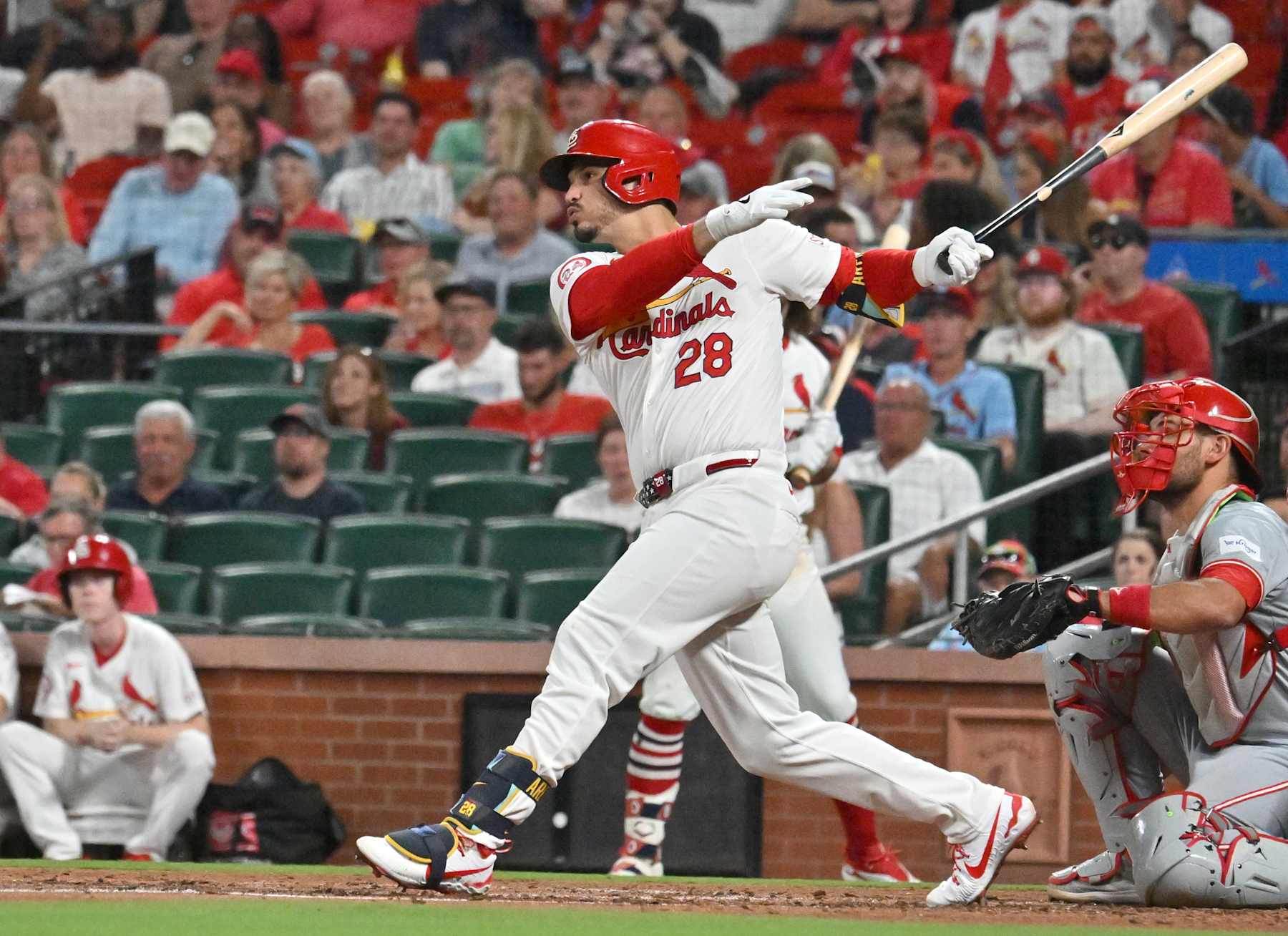
Heading into the offseason, the St. Louis Cardinals were talking big plans for resetting the organization, shifting the foundation during a transitional year before Chaim Bloom replaces John Mozeliak as the president of baseball operations after the 2025 campaign.
Rebuilding. That's the word they were looking for, without outright saying it.
They said they wanted to get younger and better positioned for future success, which we all rather assumed meant trading away the likes of Nolan Arenado, Sonny Gray, Willson Contreras, Miles Mikolas, and Steven Matz—five guys aged 32 or older, who are due a combined total of $94.2M in 2025.
Ryan Helsley ($8.2M) and Erick Fedde ($7.5M) also looked the part of fantastic trade chips in advance of their final season before hitting free agency.
Thus far, however, they've managed to trade away precisely no one.
There have been more than a few rumblings about Arenado over the past month, but he and all those other veterans are still Cardinals.
In fact, since declining club options on each of Lance Lynn, Kyle Gibson and Keynan Middleton at the beginning of the offseason, basically all the Cardinals have done in this entire offseason (aside from minor-league deals) is sign Bailey Horn and Roddery Muñoz off waivers, both of whom have a career ERA north of 6.00.
For all intents and purposes, they have the exact same roster as four months ago. They are neither embracing the rebuild they publicly said they would be embracing nor making any effort to chase an NL Central title, which is still kind of there for the taking.
At this point, maybe just go for it this season?
If that Arenado trade doesn't come together post haste, maybe put off the future for now and embrace a blast from the past in the form of Jack Flaherty? And hope that youngsters Michael Siani, Victor Scott II and Jordan Walker are actually productive in the outfield this year?
Because if two of those three are worth playing regularly, St. Louis should have a stout lineup. The Cards are just one middle-of-the-rotation starter away from a solid unit in that department, too. And they already have the 2024 MLB leader in saves in Helsley, whose 1.83 ERA since the beginning of 2022 is wildly impressive.
If it doesn't work out, so be it. A deadline fire sale of the likes of Helsley, Fedde, Mikolas and Matz could be quite fruitful, and maybe there will be more teams interested in Arenado next offseason when there's nothing close to an Alex Bregman available in free agency.
Do something, though. Telling your fans you're building for the future and then not actually doing anything to improve either the present or the future is just bizarre.
NL West: San Francisco Investing $182M in Willy Adames
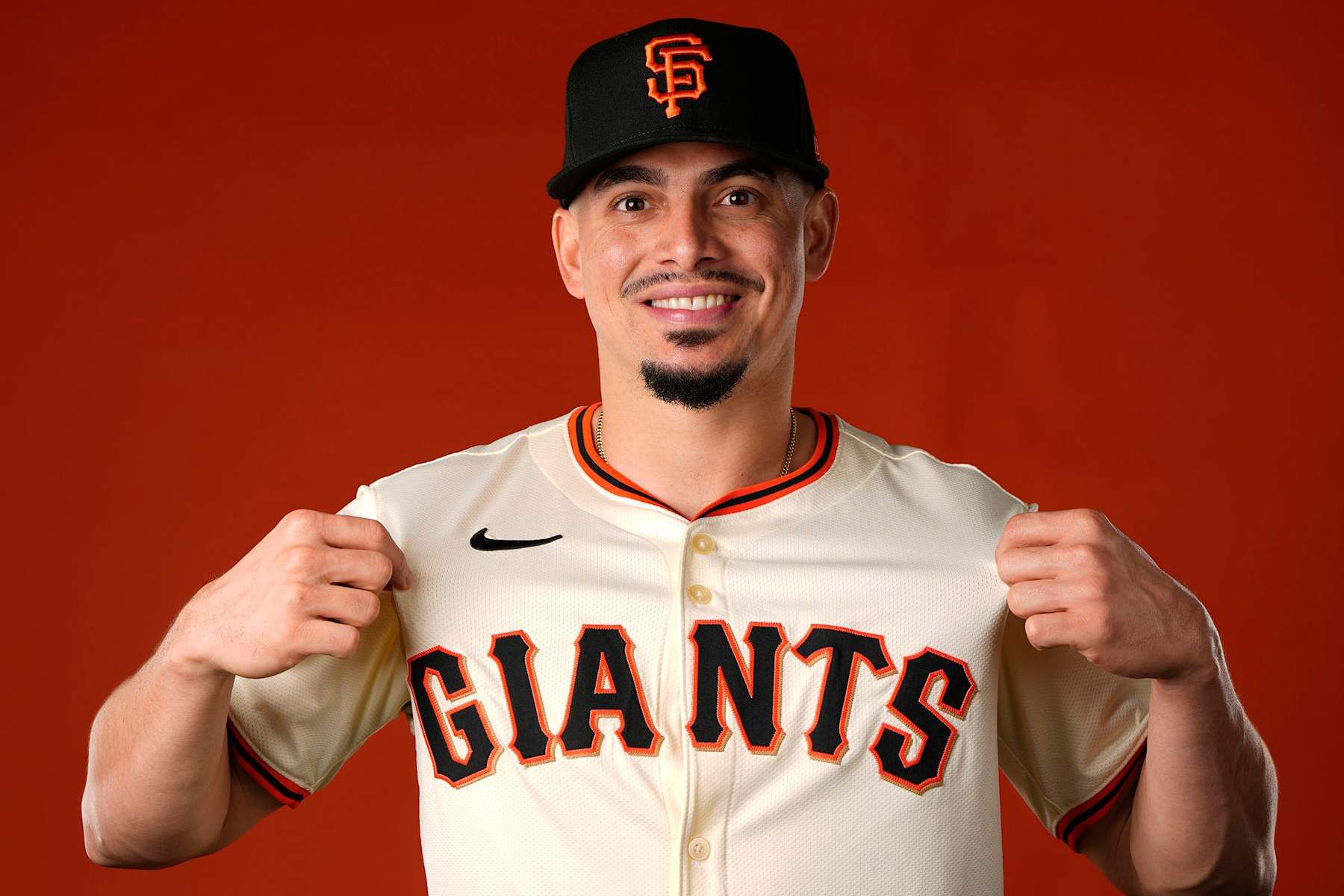
Willy Adames deserved to get paid. There's no disputing that.
Since his arrival in 2018, his 21.3 fWAR ranked top 50 in the Majors, virtually tied with both Corbin Burnes (21.5) and Blake Snell (21.0), who also inked massive deals this offseason.
His 140 home runs since the beginning of 2019? Third-best among middle infielders, behind only Marcus Semien (163) and Francisco Lindor (150). It also tied Nick Castellanos' mark and put him slightly ahead of both Alex Bregman (133) and Jose Altuve (132).
On defense, he had a bit of a rough go in 2024, but he was one of the better defensive shortstops between 2022-23. In fact, per FanGraphs Defense rating for those two seasons, only shortstop Dansby Swanson and a handful of catchers added more value on defense than Adames did.
However, "he deserved to get paid" and "he'll probably live up to that contract" don't always go hand-in-hand. And when your stadium is the most home run-averse park in the majors, investing heavily in a shortstop whose best attribute is his slugging prowess is certainly a decision.
That isn't to say Adames' seven-year, $182M deal with the Giants is destined to be anywhere near the disaster that Kris Bryant's same-sized contract with the Rockies has been.
But if 2024 was the beginning of his new normal as a league-average glove, it could be.
While 16 games played are far from a substantial data set, Oracle Park is one of 21 venues where Adames has made at least 40 plate appearances (63). And at one extra-base hit for every 21 plate appearances there, that is by far his worst XBH/PA ratio. (He has averaged one extra-base hit for every 7.1 plate appearances at Dodger Stadium, though, so maybe he'll deliver the goods on the road in that rivalry.)
Adames does have a .321 batting average at Oracle Park, but best of luck to the Giants if they're banking on that kind of production from the career .248 hitter.
By no means are we rooting for him to fail. Rather, it would be awesome if Adames ended San Francisco's two-decade drought since the last time one of its players hit at least 30 home runs in a season (Barry Bonds in 2004).
In the spirit of attempting to identify offseason moves (or non-moves) that could end poorly, though, the Giants paying top dollar to finally land a top-five free agent after all of the marquee close calls in recent years definitely has the potential to blow up in their face.
